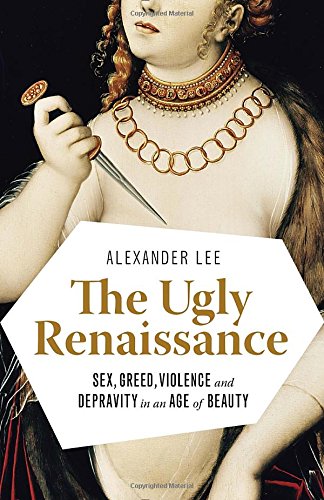The Ugly Renaissance: Sex, Greed, Violence and Depravity in an Age of Beauty
In his well-detailed and thoroughly researched book, The Ugly Renaissance, Alexander Lee turns our attention to the unattractive underside of what we think of as the flowering of humankind which took place in the 16th century, give or take a few years. Limiting his focus to Italy and the visual artists we hold in highest esteem, Lee points out feet of clay attached to heroes such as Michelangelo, among others.
It is Lee’s contention that the Renaissance was possible only because of excesses of a very real, corrupt human nature. In other words, by living fully, experiencing as much of life as possible, somehow these seedier experiences were transformed into great art. Lee makes a convincing case. And the works of the artists bear him out. Michelangelo writes a poem about finding sh-t at his door, from the vomiting and purging of the overindulged aristocracy. It is impossible to miss the dichotomy of our very human bodies and their always pressing needs, and the soaring spirit of our intellect and imagination. This tension finds expression in the great art of the Renaissance, perhaps in all art.










